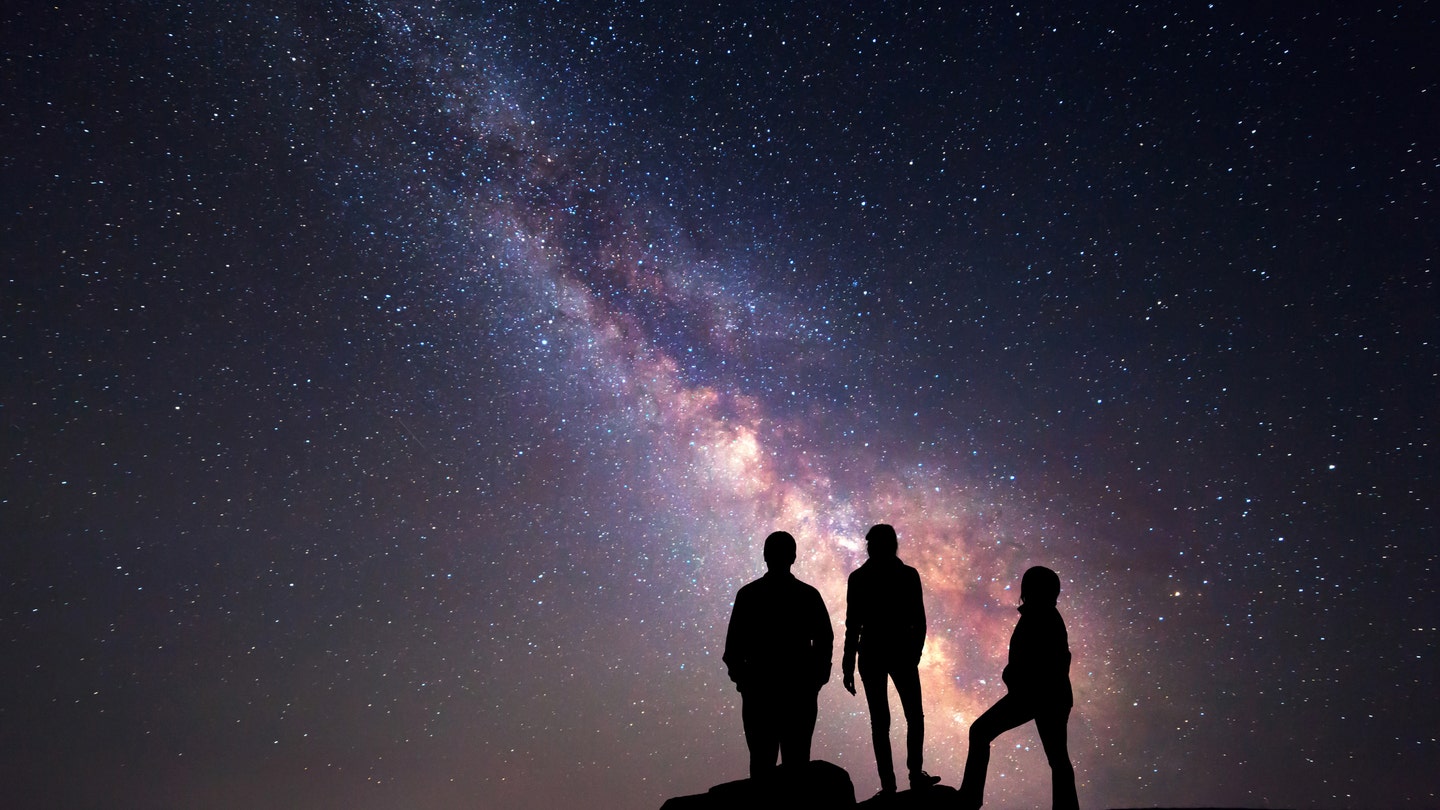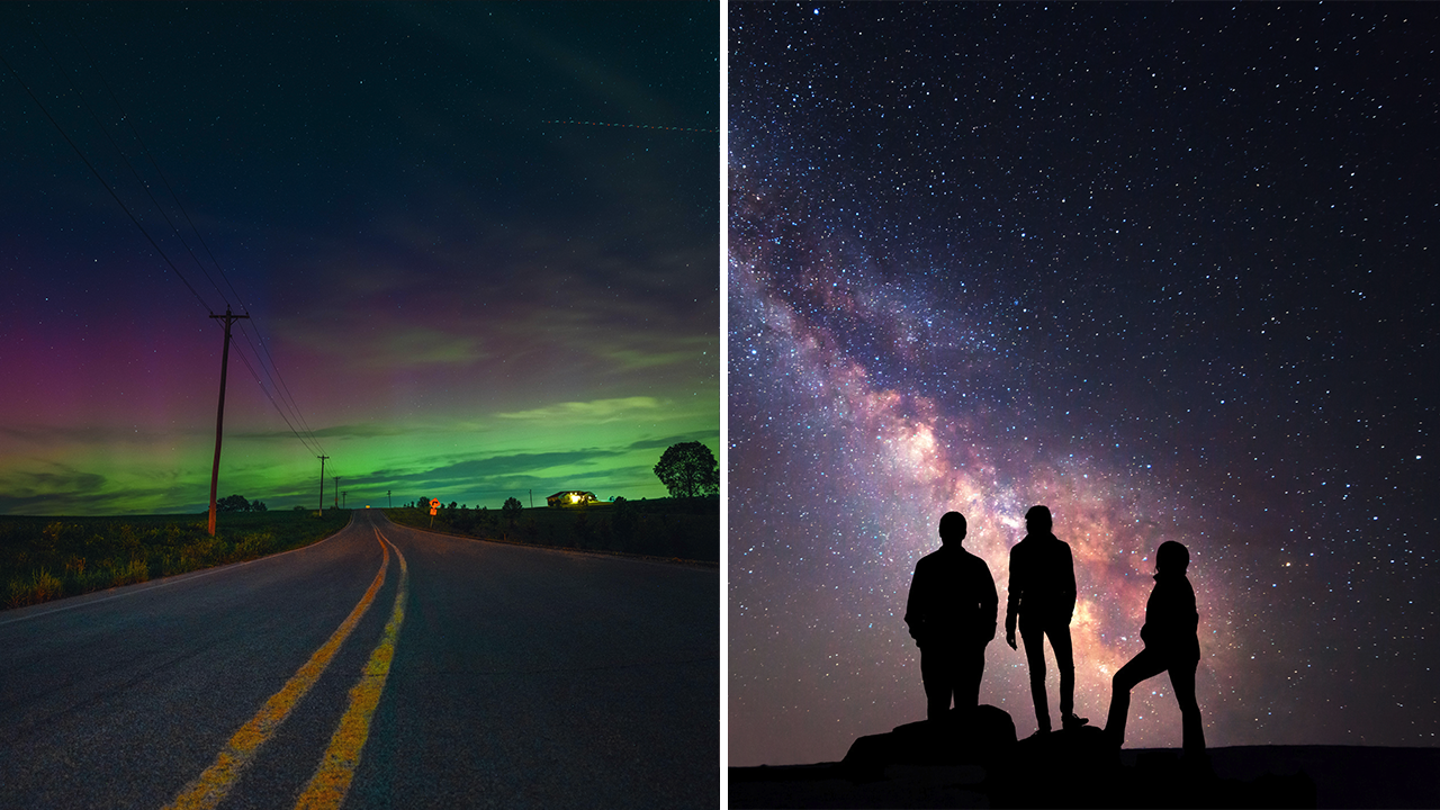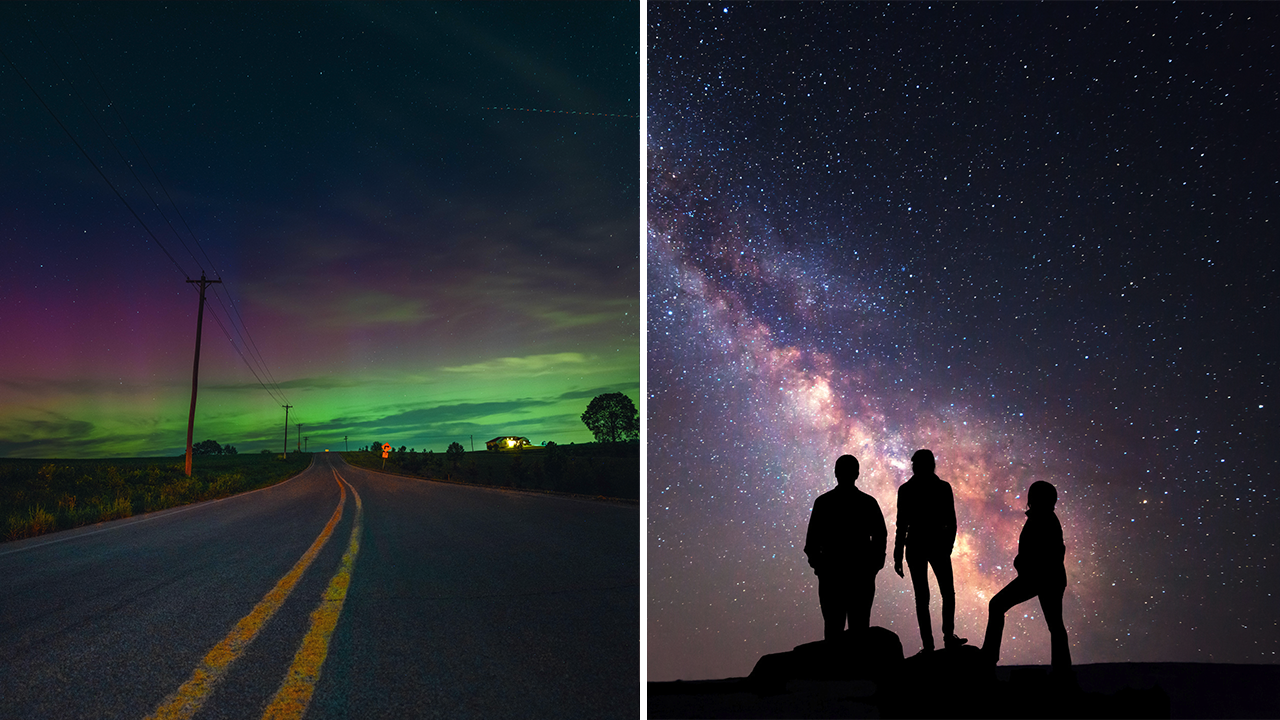After a recent solar flare, residents in some northern U.S. states may be able to see the stunning northern lights this weekend.
On Thursday, the sun emitted the strongest solar flare in seven years with a magnitude of X9.0, FOX Weather reported. An X flare is the most intense, and the number represents its strength.
The X9.0 is the strongest flare in Solar Cycle 25, which is uncommon, with a geomagnetic storm watch issued through Sunday.
ALABAMA STORE IS HOT SPOT FOR TOURISTS LOOKING TO SNAG DEALS ON TRAVELERS’ LOST PERSONAL ITEMS
A National Oceanic and Atmospheric Administration spokesperson told Fox News Digital via email that the U.S. is in the grips of a solar maximum of Solar Cycle 25.

On Thursday, the Sun emitted the strongest solar flare in seven years with a magnitude of X9.0 (Ross Harried/NurPhoto via Getty Images)
“Solar cycles are an on-average 11-year period whereby the Sun goes from a minimum of activity to a maximum and back to a minimum. This happens because of the magnetic turmoil created when the Sun flips its magnetic poles every 11 years or so,” said the spokesperson.
Stargazers in certain states may get the chance to see the aurora.
For more Lifestyle articles, visit foxnews.com/lifestyle

A National Oceanic and Atmospheric Administration spokesperson told Fox News Digital via email, we are in the grips of a solar maximum of Solar Cycle 25. (iStock)
“It may be possible under the best circumstances for the more northern tier of the NorthEast to glimpse the aurora along the northern horizon well outside of city lights under clear skies.”
“Although, it is tough to say what the auroral extent actually could be during geomagnetic storms – generally the upper end of G3 [geomagnetic storm] level may make it possible for northern New York residents to see the aurora,” said the spokesperson.
CLICK HERE TO SIGN UP FOR OUR LIFESTYLE NEWSLETTER
If viewers are unable to visibly see the northern lights, they could possibly capture a faint glow with the right digital camera equipment, such as cell phones or DSLRs.

The prime hours to try to catch the aurora are usually within a few hours either side of the midnight hour. (Ross Harried/NurPhoto via Getty Images, iStock)
Tips for Northern Lights sightings
When it comes to seeing the magical dancing lights in the sky, there are a few factors that you may want to take into account in order to maximize your viewing pleasure.
CLICK HERE TO GET THE FOX NEWS APP
Location: Aim to find a place that has minimal tree lines or hills so that the northern horizon can be fully seen.
Timing: The prime hours to try to catch the aurora are usually within a few hours either side of the midnight hour.
Geomagnetic activity: On the Space Weather Prediction Center website, users can view a short-term forecast of the location and intensity of the aurora, which can help determine whether they will be able to be viewed in your area.
Darkness: To see the Northern Lights, find the darkest location that you can.
Fox News Digital’s Sydney Borchers contributed to this report.

